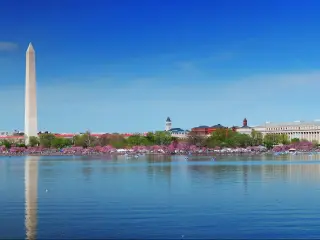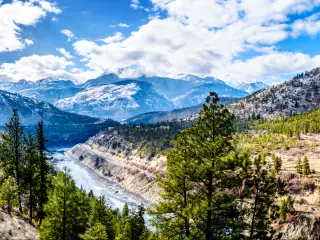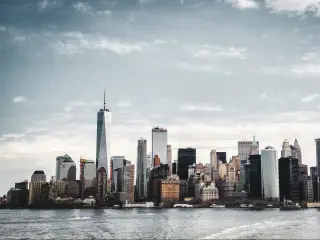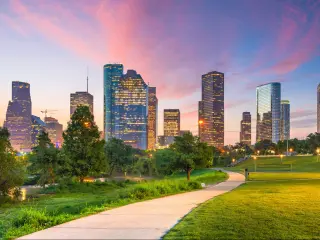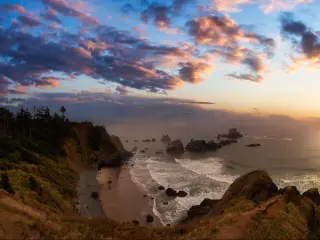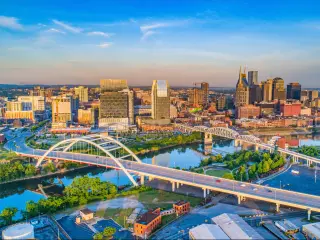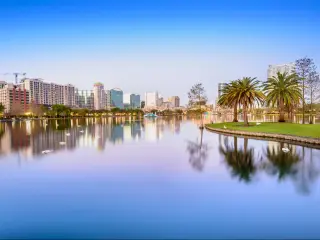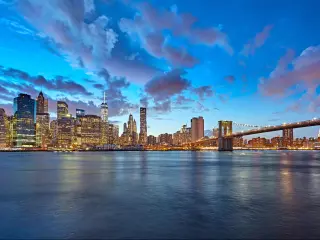Is the District of Columbia a State?
This is a common question from people visiting the District of Columbia or those trying to understand how D.C. is different to the rest of the United States and why.
The District of Columbia is not a state. Washington D.C. is a federal district and the federal capital city of the United States but is uniquely not part of any other state. It was created in 1790 by an Act of Congress to be the seat of the U.S. Government and the nation's capital.
Read on to understand why the District of Columbia is different to the member states, how that came to be and what it means for the people who live there and the country as a whole.
How is the District of Columbia different to a state?
The District of Columbia is the only part of the United States that is not an actual state itself.
The provision for this setup was originally made in the U.S. Constitution which allowed the creation of federal districts governed directly by Congress without the devolution or rule to state-level authorities.
It is the only part of the country that is exclusively and directly governed by the Federal Government and without any state government or legislature.
While all federal laws still apply, local laws are made by a combination of the local council and mayor and directly by the Congress.
All three branches of the U.S. Government - legislative, executive and judicial are based in the District of Columbia due to its unique position as are all the foreign embassies and the headquarters of large international political, trade and other organizations including the World Bank and the International Monetary Fund.
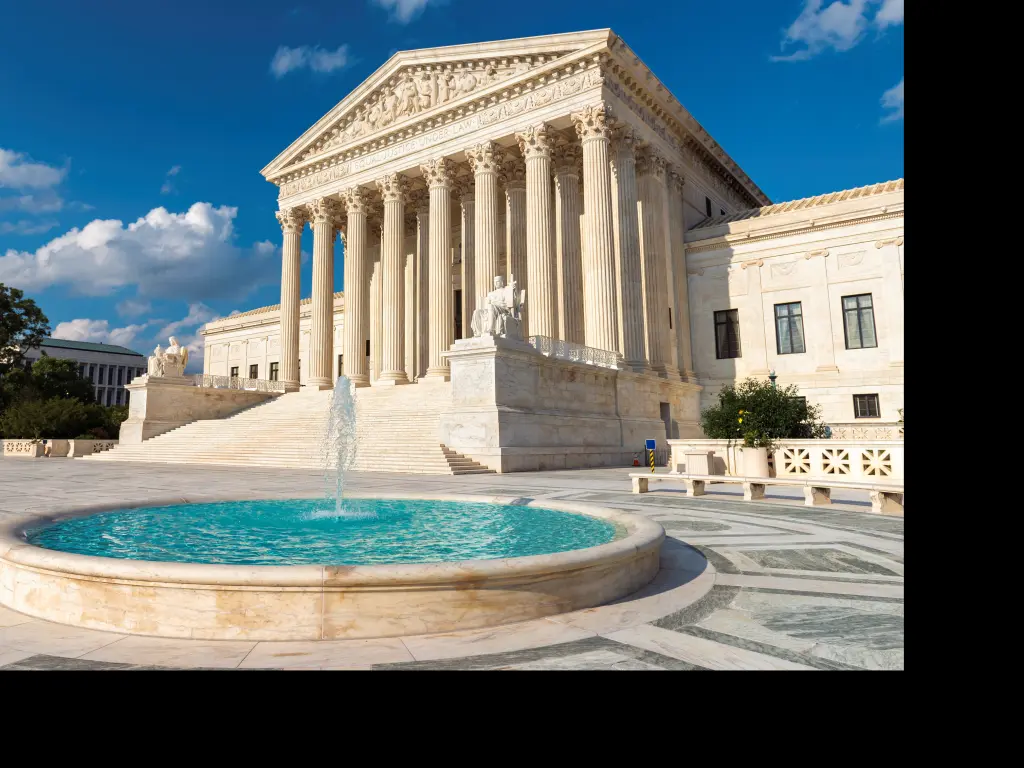
How was the District of Columbia formed in the United States?
District of Columbia was formed as part of the Residence Act signed into law by George Washington on July 16, 1790. The states of Maryland and Virginia each donated portions of land along the Potomac river to form the new district and the City of Washington was formally founded in 1791.
The donated land included a settlement called Georgetown on the Maryland side of the river which quickly became absorbed as a neighborhood of Washington.
In 1846 the land that was originally donated by Virginia on the western bank of the Potomac river was returned to the state after the majority of development was focused in central Washington.
The remaining parts of the District of Columbia received a central municipal government in 1871.
As legislation gave ultimate control over the district to the Congress, it was not until 1973 that a local mayor and city council were elected for the first time.
While the major and council pass a number of local laws, Congress has retained the right to have the ultimate authority and can veto or overrule all local legislation.
After the initial construction phase was complete, Congress finally moved to Washington and the District of Columbia held its first congress session in November 1800.
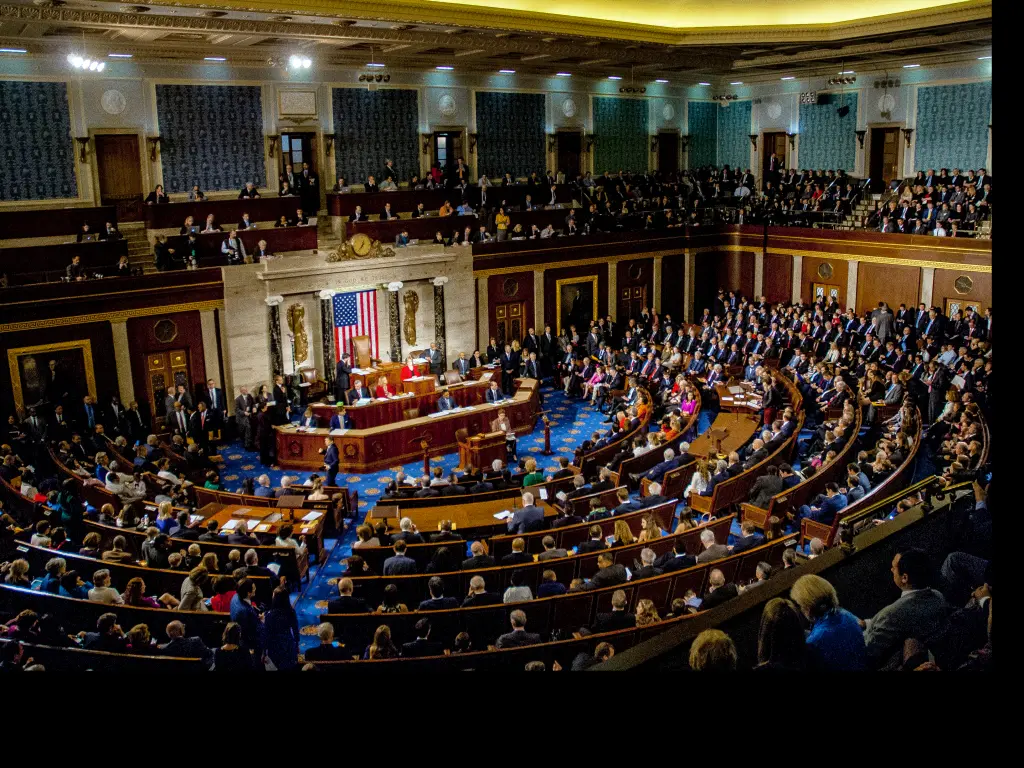
How is the District of Columbia governed compared to states
The governing of the District of Columbia has been a point of debate for centuries and continues to be a point of contention. The Congress and President have ultimate authority in the state which means the local residents effectively lose a number of rights and privileges afforded to all other United States citizens.
The residents of D.C. do not have proper representation in either of the houses of Congress unlike all states. Instead, they have elected for the nominal posts of one shadow representative and two shadow senators since 1990.
While the elections are legal, the U.S. Government does not recognise the representation and as a result, neither the House of Representatives or the Senate have a sitting representative from the District of Columbia.
In addition, the District of Columbia does not appoint its own judges - instead these are appointed by the President into both, the Court of Appeals and the Superior Court.
D.C. residents were for a long time ineligible to take part in presidential elections. This position changed in 1964 after the 23rd amendment was passed in 1961 granting the residents of the district voting rights. The District of Columbia elects 3 members of the United States Electoral College.
Will the District of Columbia become a state?
There has been a continuing debate about whether the District of Columbia should receive statehood. This debate has led to a number of constitutional and legislative changes in the 20th century with the District being allowed to elect a mayor and its own council as well as take part in presidential elections for the first time.
For some of the local population, those changes don't go far enough.
The movement is driven by the Taxation without Representation slogan as while the residents pay full federal and local taxes, they feel they continue to not have the full set of rights afforded to the states within the United States of America.
Unlike U.S. Territories which also have non-voting representatives such as Guam or Puerto Rico, the District of Columbia is a full member of the United States and so the residents pay full taxes as provided by law.
The issue of whether the District of Columbia should be a state is further complicated by the fact that a number of buildings and areas would have to be excluded for legal reasons including the Capitol and the White House. Moreover, if the movement were to succeed, it is unclear whether the city would be the first city to become a full state or whether the remaining parts of the District of Columbia would be given back to the state of Maryland as happened with Virginia in 1846.
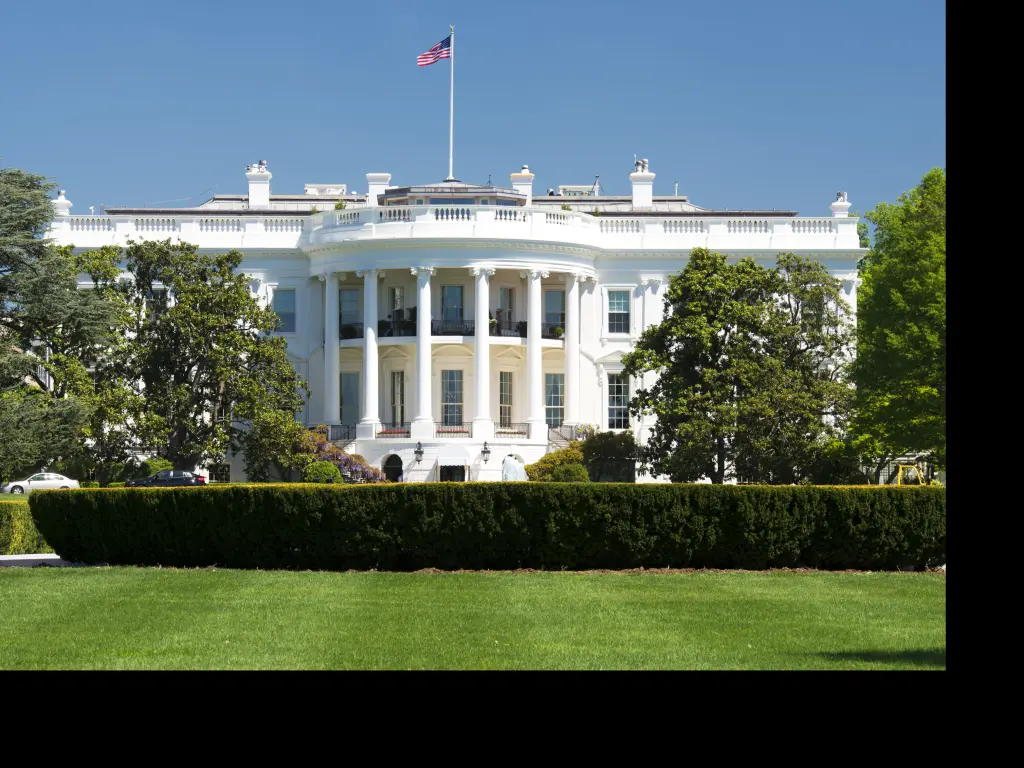
States around the District of Columbia
The District of Columbia borders the two states that originally donated land to form it - Virginia and Maryland. Maryland is the only state that shares a land border with Washington D.C. with Virginia being joined by several bridges across the Potomac River.
Both, Maryland and Virginia were part of the original 13 Colonies that declared independence in 1776 to form the United States.
It was only after the declaration that the newly formed country embarked on creating District of Columbia in order to house all its federal government and legislature functions.

